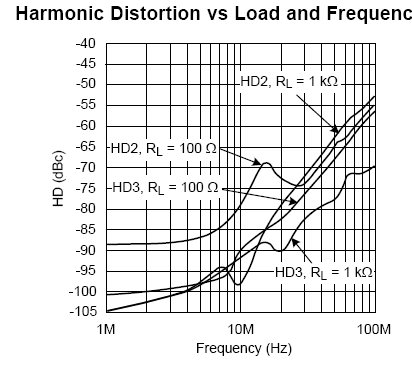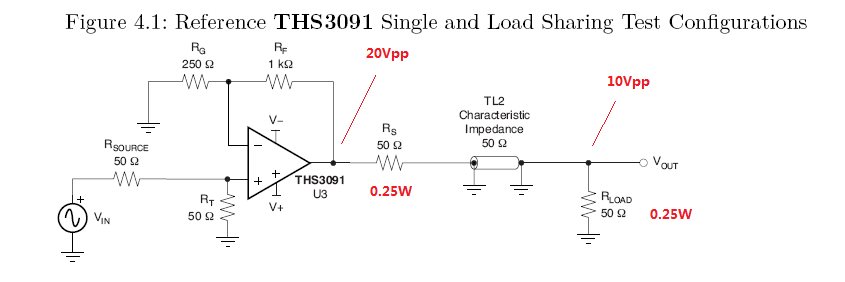Other Parts Discussed in Thread: LMH5401, LMH6702, THS3091
Output frequency is DC-200MHz, output voltage is 3Vpp at 50 Ohm and spur below 60dBc !
I need a high performance amp with high voltage supply,it seem to be an impossible task: the requirement HD2/HD3 < -60dBc up to 200MHz is quite high, any suggestion about AMP selection?
best regards!






